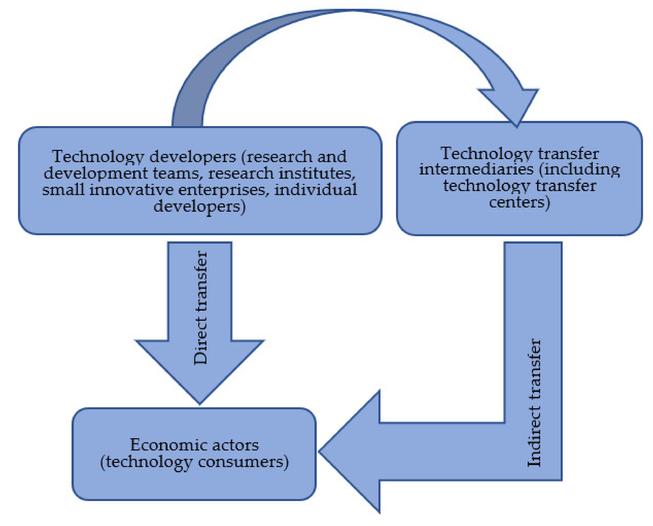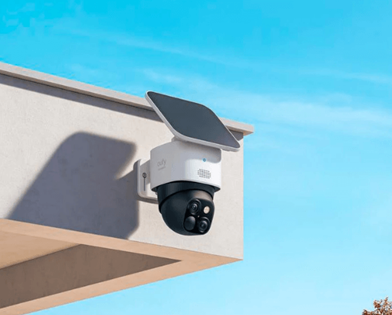WASHINGTON — The U.S. Department of Defense’s innovation hub transitioned eight new technologies last year, including an artificial intelligence tool the Missile Defense Agency can use to develop more accurate models of hypersonic missile trajectories.
The Defense Innovation Unit’s 2021 annual report, released Wednesday, highlights its technology transition rate — a key performance measure for the organization, which is focused on working with industry to push commercial technology to military users.
Since fiscal 2016, DIU has helped transition 35 prototypes into production or service contracts with DoD and has a transition rate of about 41%. Speaking last week at a Potomac Officers Club event, DIU Director Michael Brown said that figure is up from about 30% a few years ago and he thinks a 50% to 60% transition rate is within reach.
The 2021 hypersonic missile modeling project, which DIU awarded to C3.ai last year under a $1.2 million prototype other transaction authority agreement, resulted in a $2.5 million production contract with MDA “to simulate the real-world trajectories of non-ballistic and hypersonic missiles,” according to the report.
DIU also worked with three space launch providers — Rocket Lab, VOX Space and Astra Space — to develop a low-cost, on-demand responsive launch capability. The project resulted in an indefinite-delivery, indefinite-quantity contract worth up to $968 million and supported by 11 vendors.
Another 2021 transition effort delivered defensive counter-unmanned aerial system technology developed by Anduril to support partners at U.S. Southern Command, the Marine Corps, the Defense Threat Reduction Agency, Naval Air Systems Command, Customs and Border Control and U.S. Central Command. The project resulted in a five-year contract with a $100 million ceiling.

“Anduril combines the latest in artificial intelligence techniques with sensor technology to enhance physical security through automated detection, identification and defeat of objects of interest while reducing manpower requirements,” the report says.
The report also highlights two cyber projects: a cyber deception project that can detect and alert users to threats and an asset inventory management system. CounterCraft, a cyber and counterintelligence company based in Spain, developed the cyber deception prototype system that resulted in a sole-source contract with a $30 million ceiling.
For the cyber asset management system, IntelliPeak Solutions — a Virginia-based information technology company — developed a platform to integrate DoD-wide data and characterize assets as well as software and firmware. The Defense Information Security Agency and the Joint Service Provider estimate the resulting production contract, valued at up to $164 million, will save more than $400,000 per year and three years of development time.
The final 2021 transition project discussed in the report involves a commercial threat intelligence database developed by LookingGlass Cyber Solutions. The company’s prototype provides a modeling environment that increases cyber intelligence and analysis for users, in this case U.S. Cyber Command. The company received a production other transaction authority agreement last year worth up to $14 million.
As DIU looks to shepherd more commercial technologies to military users, the agency wants to reduce the impediments to companies who want to work with the government.
Brown last week pointed to the Pentagon’s project budgeting process as a major hurdle to rapid commercial technology adoption.
“A lot of the technology that we need is coming from the commercial world, and we’re not able to shape those markets,” he said, calling for the department to make its acquisition process even more tailored to rapid technology adoption and reduce the time it takes to set requirements and program funding.
“More and more of the modernization priorities rely on commercial technology,” Brown said. “While we’ve done a lot to move the acquisition process forward, it’s now time to reform the other two very related . . . constraints in moving acquisition forward, and that’s the requirements process and the budgeting process.”
Brown also suggested DoD should move from a “first mover” posture, where it is developing its own technology, to a “fast follower” position, meaning it’s prepared to get on board with emerging commercial markets.
AboutCourtney AlbonCourtney Albon is C4ISRNET's space and emerging technology reporter. She previously covered the U.S. Air Force and U.S. Space Force for Inside Defense.









